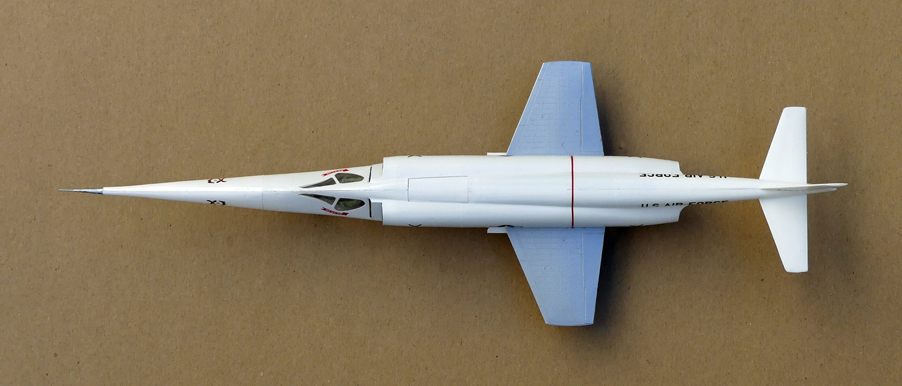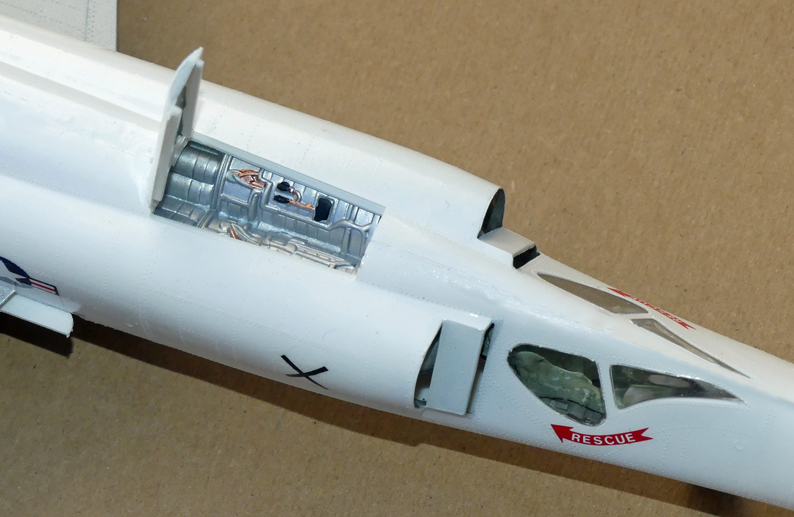

Construction of a pair of Douglas X-3 Stilletos was approved on June 30th, 1949. The first aircraft was built and delivered to Edwards Air Force Base, California, on September 11th, 1952. The X-3 was the sleekest of the early experimental aircraft, but its research accomplishments were not those originally planned. It was originally intended for advanced Mach 2 turbojet propulsion testing, but it fell largely into the category of configuration explorers, as its performance (due to inadequate engines) never met its original performance goals. The goal of the aircraft was ambitious. It was to take off from the ground under its own power, climb to high altitude, maintain a sustained cruise speed of Mach 2, then land under its own power. The aircraft was also to test the feasibility of low-aspect-ratio wings, and the large-scale use of titanium in aircraft structures.
The X-3 featured an unusual slender, streamlined shape having a very long, gently-tapered nose and small trapezoidal wings. The aim was to create the thinnest and most slender shape possible in order to achieve low drag at supersonic speeds. The extended nose was to allow for the provision of test equipment while the semi-buried cockpit and windscreen were designed to alleviate the effects of "thermal thicket" conditions. The low aspect ratio, unswept wings were designed for high speed and later the Lockheed design team used data from the X-3 tests for the similar F-104 Starfighter wing design. Due to both engine and airframe problems, the partially completed second aircraft was cancelled, and its components were used for spare parts.
The X-3’s first official test flight occurred on October 20th, 1953. There were 50 more test flights including three by Major Charles “Chuck” Yeager. It was retired on May 23rd, 1956 and transferred to the National Museum of the United States Air Force at Wright-Patterson Air Force Base, Ohio. As of 2008, it is on display in the Museum's Research & Development Gallery.
Although the X-3 never met its intention of providing aerodynamic data in Mach 2 cruise, its short service was of value. It showed the dangers of roll inertia coupling, and provided early flight test data on the phenomenon. It was one of the first aircraft to use titanium and its very high takeoff and landing speeds required improvements in tire technology.
Facts and General Characteristics of the X-3:
Contractor: Douglas Aircraft Co.
Total built: 1
Crew: 1
Wingspan: 22 ft 8 in (6.9 m)
Length: 66 ft 9 in (20.4 m)
Height: 12 ft 6 in (3.82 m)
Weight: Empty 14,345 lbs. (6,507 kg), Gross 20,800 lbs. (9,435 kg)
Power plant: 2 × Westinghouse XJ34-WE-17 afterburning turbojets, 3,370 lbf (15.0 kN) thrust each dry, 4,900 lbf (22 kN) with afterburner
Max speed: Mach 0.987
Endurance: 1 hour at 590 mph (949.5 km/h) at 30,000 ft. (9,100 m)
Service ceiling: 38,000 ft (12,000 m) absolute
Facts and General Characteristics of the Model:
The paint and markings of the model depict the only X-3 built.
Manufacturer: Lindberg Hobbies, Inc., U.S.A. (Classic Replica Series)
Scale: 1/48
Wingspan: 5.5”
Length: 16.4”
Height: 3.2”
Parts: 28 plus 6 for the stand
Decals: 14
Hours to build and paint: 7
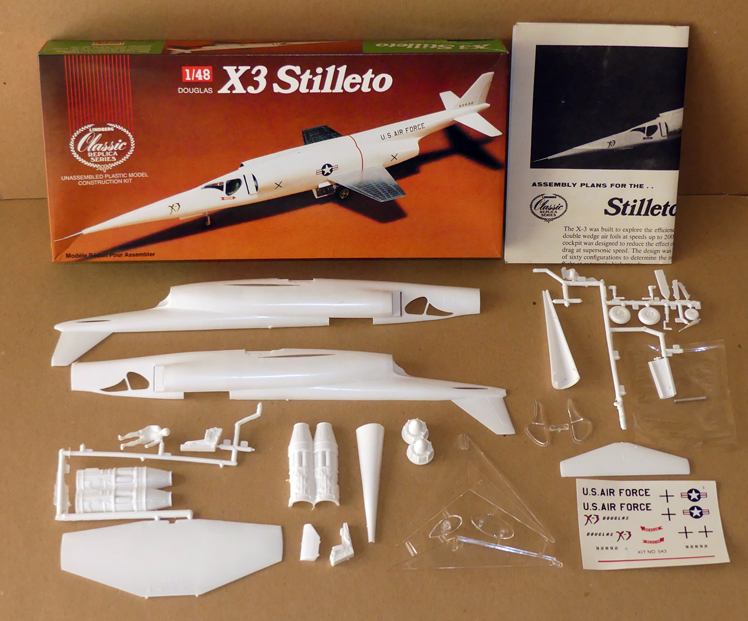
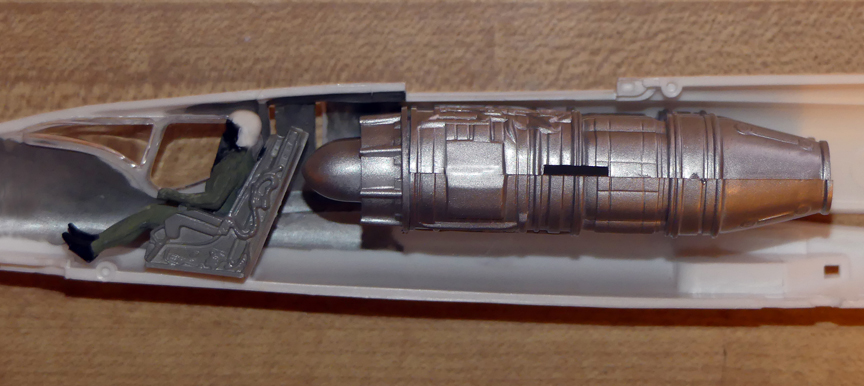
Not many interior details.
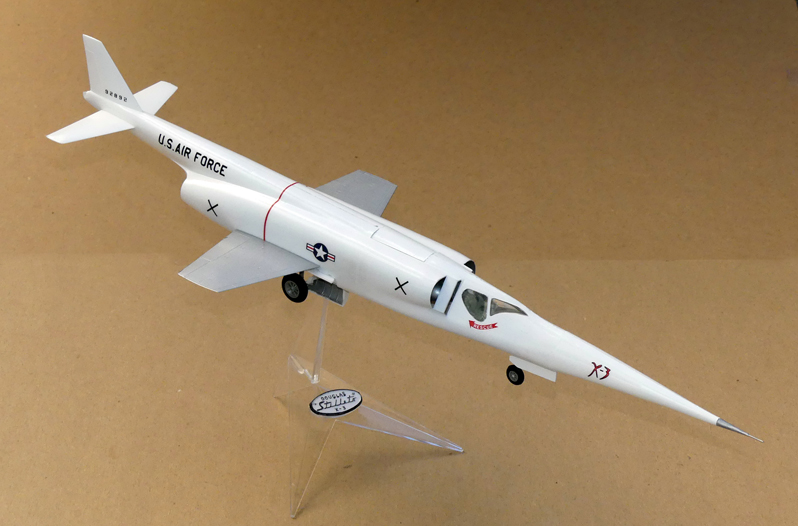
Mounted on the old style airplane stand.

